Anal fissures are quite common in infants, affecting as many as 8 out of 10 babies under one year of age. However, they are far less common in older children. Anal fissures typically heal on their own within a couple of days, and bleeding generally stops within 5 to 10 minutes. Read on for more information on anal fissure in children.

What Is Anal Fissure?
Causes
Anal fissures are tears in the anal canal, which are typically caused by passing a large, hard stool when constipated. These tears can make bowel movements very painful; as a result, children may refrain from having bowel movements when they need to, making the constipation even worse. Anal fissures are the most common cause of bloody bowel movements in infants and young children.
Symptoms
Symptoms of anal fissure in children may include:
Bright red blood in stool
Streaks of blood or a few flecks of blood in stool
Blood on toilet paper after wiping
Kid crying out in pain during or after having a bowel movement
A shallow tear at the opening of the anus
Mild pain when touching the anal area
Contact your pediatrician:
If your child's anal fissure does not seem to be healing;
If your child is having difficulty passing stools;
If you notice any new symptoms, such as blood in your child's stool.
How to Cope With Anal Fissure in Children
Use Warm Water
Give your child a sitz bath. This involves having your child sit in 8-10cm of warm water 3 times a day, as well as after bowel movements. This can help to soothe the anal area and help it to heal.
Use a Baby Wipe
Baby wipes or medicated pads can be used to cleanse the anal area after a bowel movement. Unlike toilet paper, these products will not irritate a sensitive anal area.
Provide a Small Step Stool
If your child is potty-trained, use a small step stool to support his feet. This will help flex the hips and place the pelvis in a squatting position, which encourages bowel movements.
Keep the Diaper Area Clean
Anal fissures in children can be treated by keeping the area as clean as possible. Provide frequent diaper changes, and change your child's diaper as soon as it becomes soiled.
Apply Cream
Your pediatrician may prescribe a cream or ointment that can help heal anal fissures in children. Make sure that you use this medication exactly as prescribed, and call the doctor if you need any help.
Alleviate Constipation
Treating anal fissure in children must begin with treating constipation. Help your child avoid constipation by feeding him or her foods with plenty of fiber, like fruits and veggies. Drinking plenty of water and getting some exercise are vital, too. Taking a fiber supplement or stool softener may also help your child, which can turn hard stools into soft stools, giving the anal area a chance to heal.
You should also apply a layer of petroleum jelly or zinc oxide cream to your child's anus, which can make having a bowel movement less painful. Painkillers (except those with codeine, which can cause constipation) can also be helpful.
Administer a Laxative
Your pediatrician may recommend that your child take an over-the-counter laxative such as Ex-Lax. If so, follow all instructions on the medication label and/or follow your doctor's recommendations exactly. Do not use the medication for an extended period of time.

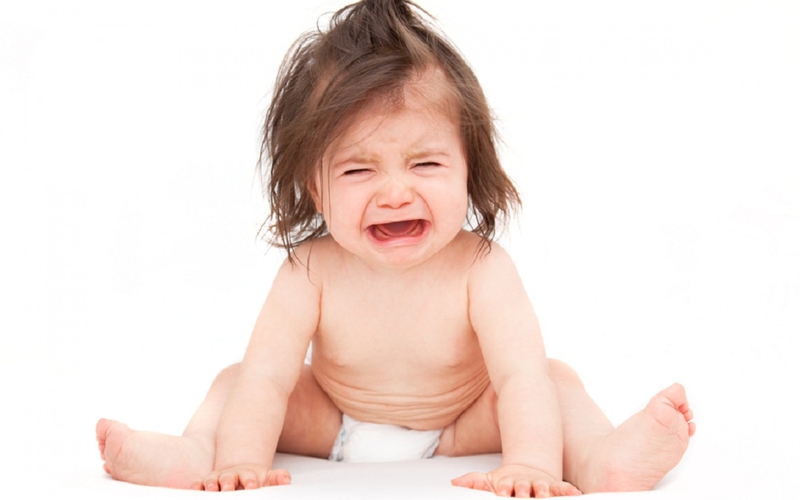
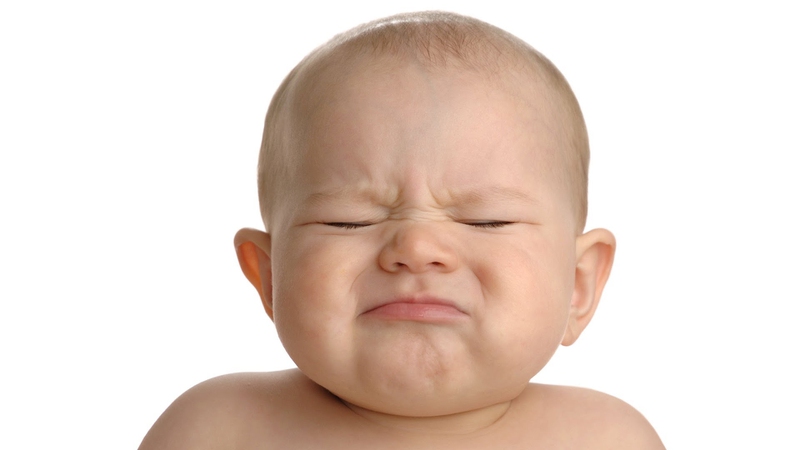
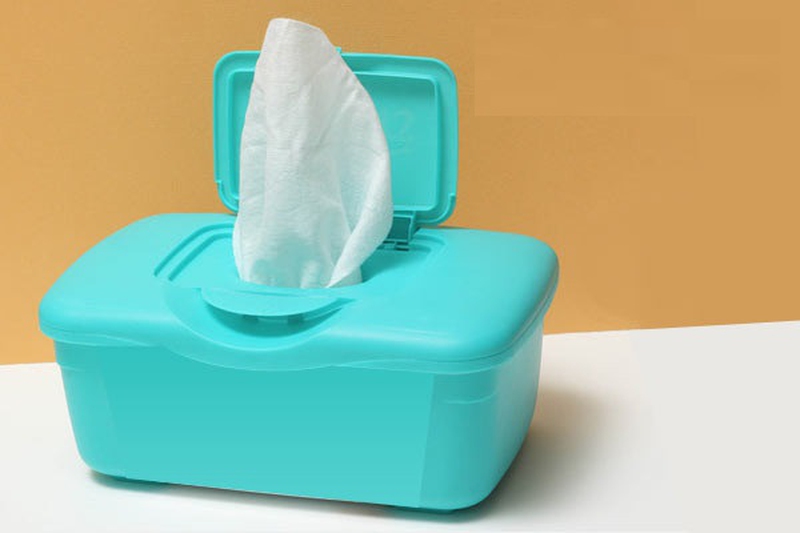
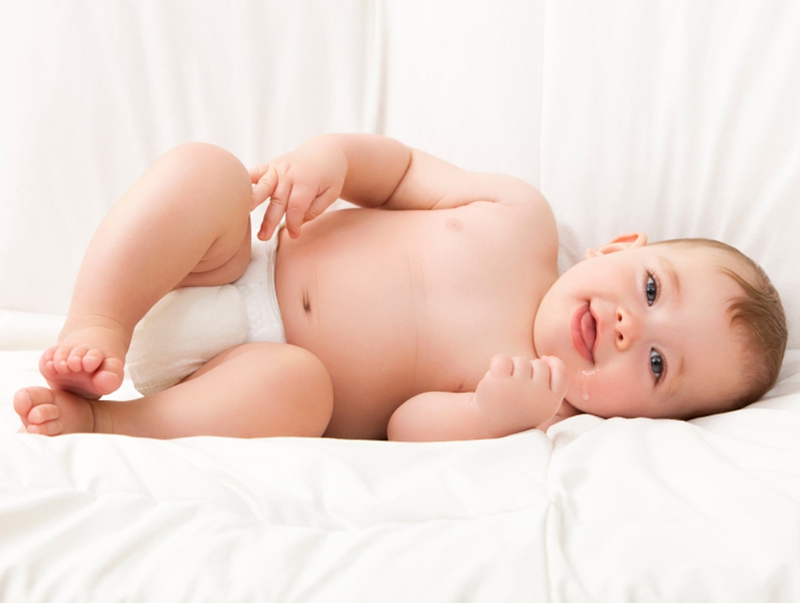
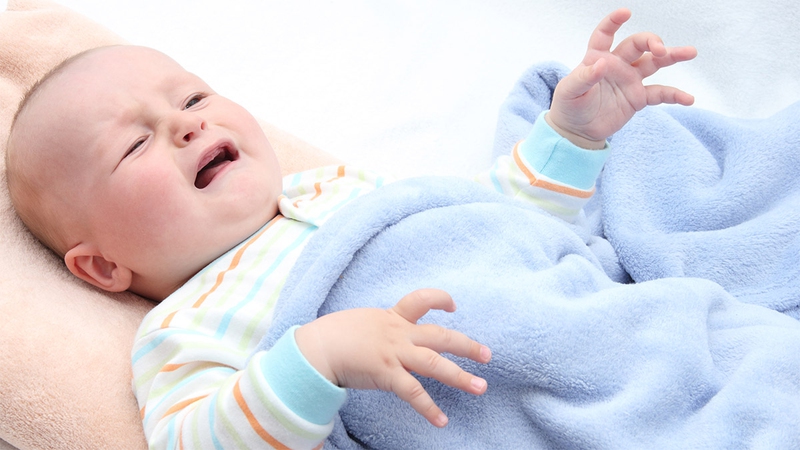
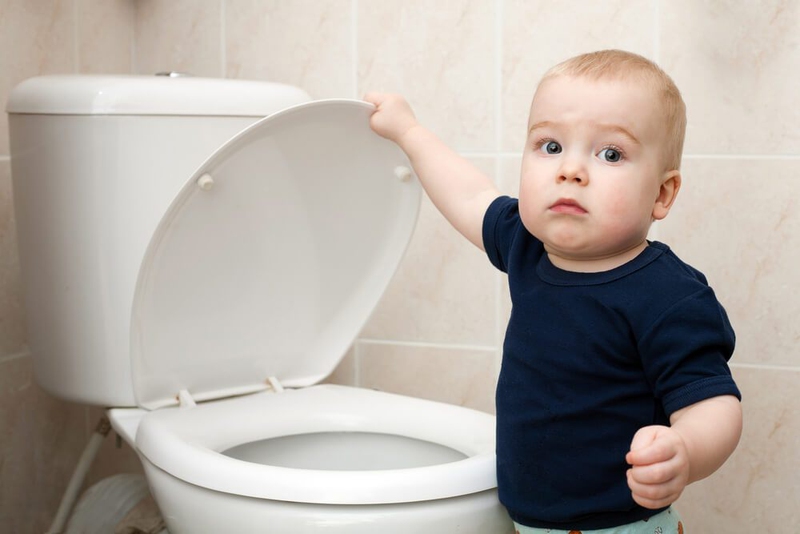
View All Comments /Add Comment